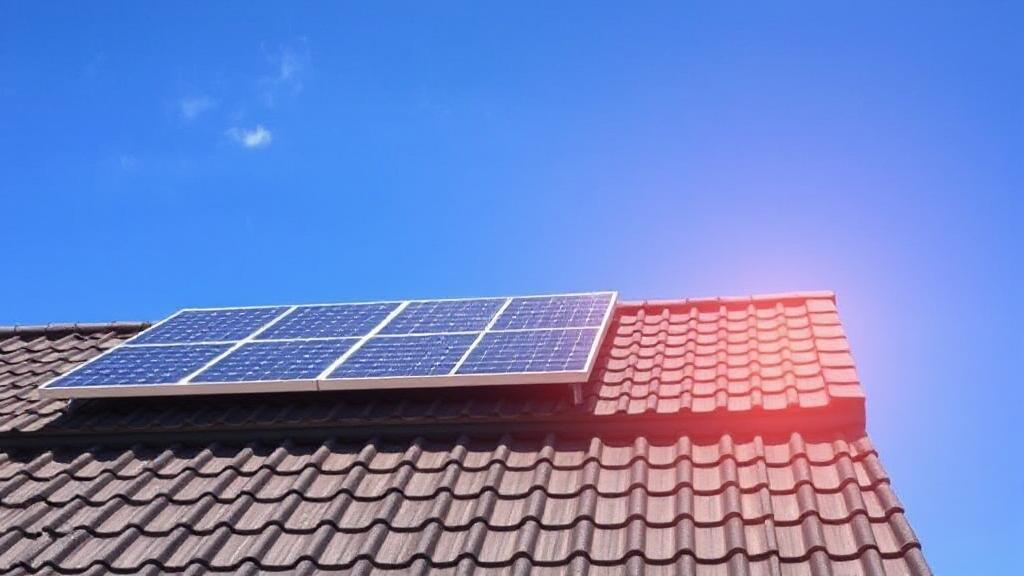Understanding the Basics
Before diving into the costs, it's essential to understand what solar panel installation entails. Solar panels convert sunlight into electricity, which can be used to power your home or business. The installation process typically involves:
- Site Assessment: Evaluating your property to determine the best location for the panels
- System Design: Customizing a solar system that meets your energy needs
- Permitting: Obtaining necessary permits from local authorities
- Installation: Mounting the panels and connecting them to your electrical system
- Inspection and Activation: Ensuring the system is safe and operational
Cost Breakdown
Equipment Costs
- Solar panels: 30-35% of total cost
- Inverter: 10-15%
- Mounting hardware: 10%
- Electrical components: 10%
- Batteries (optional): $5,000-15,000 additional
Average Installation Costs
| System Size | Average Cost |
|---|---|
| 3-4 kW | $15,000 - $20,000 |
| 5-6 kW | $20,000 - $25,000 |
| 7-8 kW | $25,000 - $30,000 |
| 9-10 kW | $30,000 - $35,000 |
Factors Influencing Solar Panel Costs
Several factors can influence the cost of installing solar panels:
- System Size: Larger systems generate more electricity but come with higher upfront costs
- Type of Panels: Monocrystalline (most efficient, expensive), polycrystalline (more affordable), and thin-film (least expensive, least efficient)
- Installation Complexity: Roof angles and obstructions may require more labor and materials
- Location: Geographic location affects sunlight exposure and labor rates
- Local Regulations: State and local requirements can impact installation costs
Financial Incentives
Federal Tax Credit
The Federal Solar Tax Credit currently offers a 30% deduction of the total system cost through 2032.
State and Local Incentives
Many states offer additional benefits:
- Property tax exemptions
- Sales tax exemptions
- Performance-based incentives
- Solar renewable energy certificates (SRECs)
Visit the Database of State Incentives for Renewables & Efficiency to learn about incentives in your state.
Financing Options
-
Cash Purchase
- Highest upfront cost
- Maximum long-term savings
- Full tax incentive benefits
-
Solar Loans
- Similar to home improvement loans
- Terms typically 5-20 years
- Interest rates 3-8%
-
Solar Lease/PPA
- Minimal upfront costs
- Lower savings over time
- Provider maintains system
Long-Term Savings and ROI
"Your actual savings depend on electricity rates, energy consumption patterns, and local solar production potential." - U.S. Department of Energy
Studies by Zillow show homes with solar panels sell for approximately 4.1% more than comparable homes without solar.
Hidden Costs to Consider
- Roof repairs or reinforcement
- Electrical panel upgrades
- Tree removal or trimming
- Permit fees
- Insurance premium adjustments
- Annual maintenance ($150-300)
- Inverter replacement (every 10-15 years)
Conclusion
While the initial investment in solar panels is significant, various incentives and long-term savings make it an increasingly attractive option for homeowners. For more detailed information, consider visiting resources like the Solar Energy Industries Association or EnergySage marketplace to compare local installers and prices.
